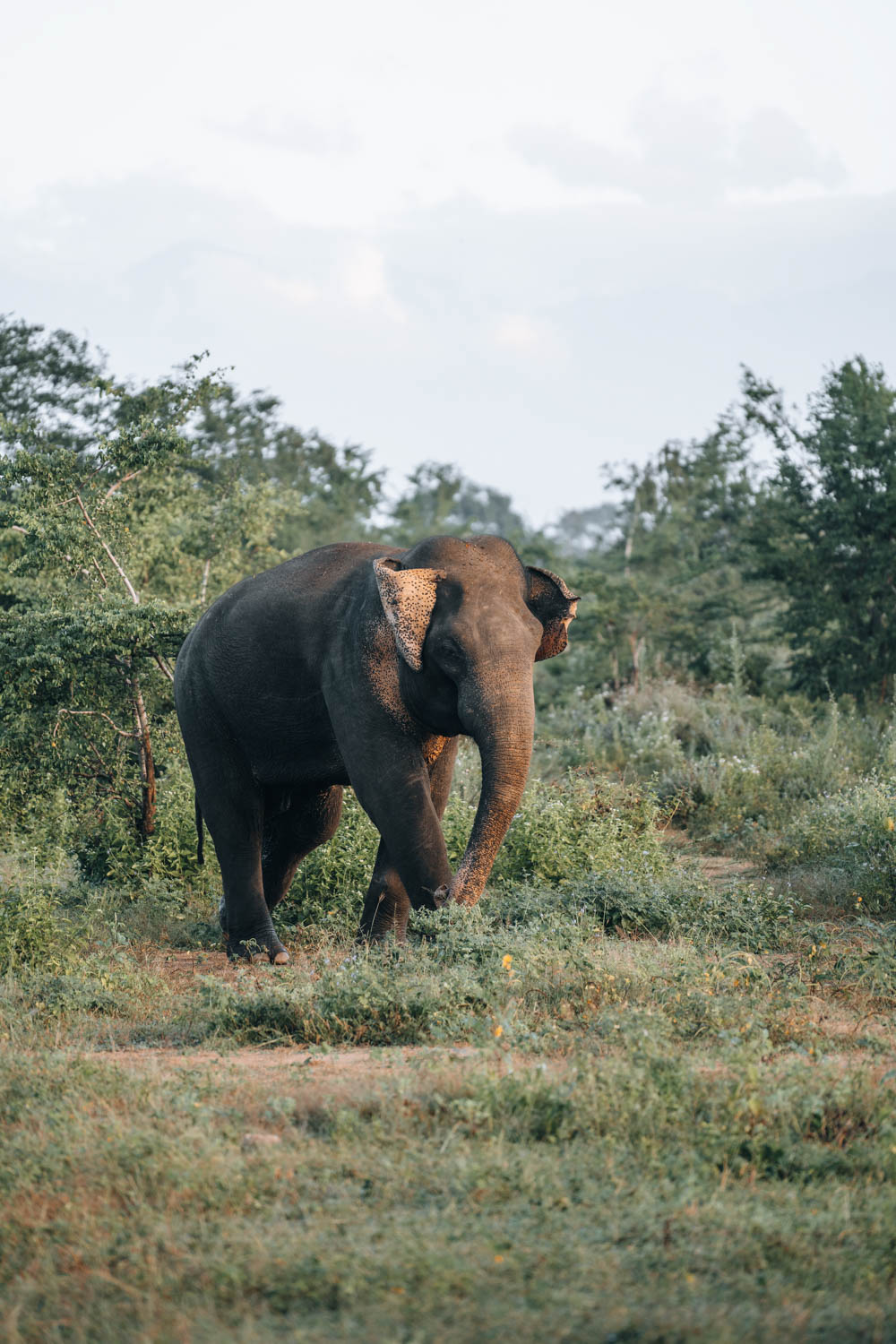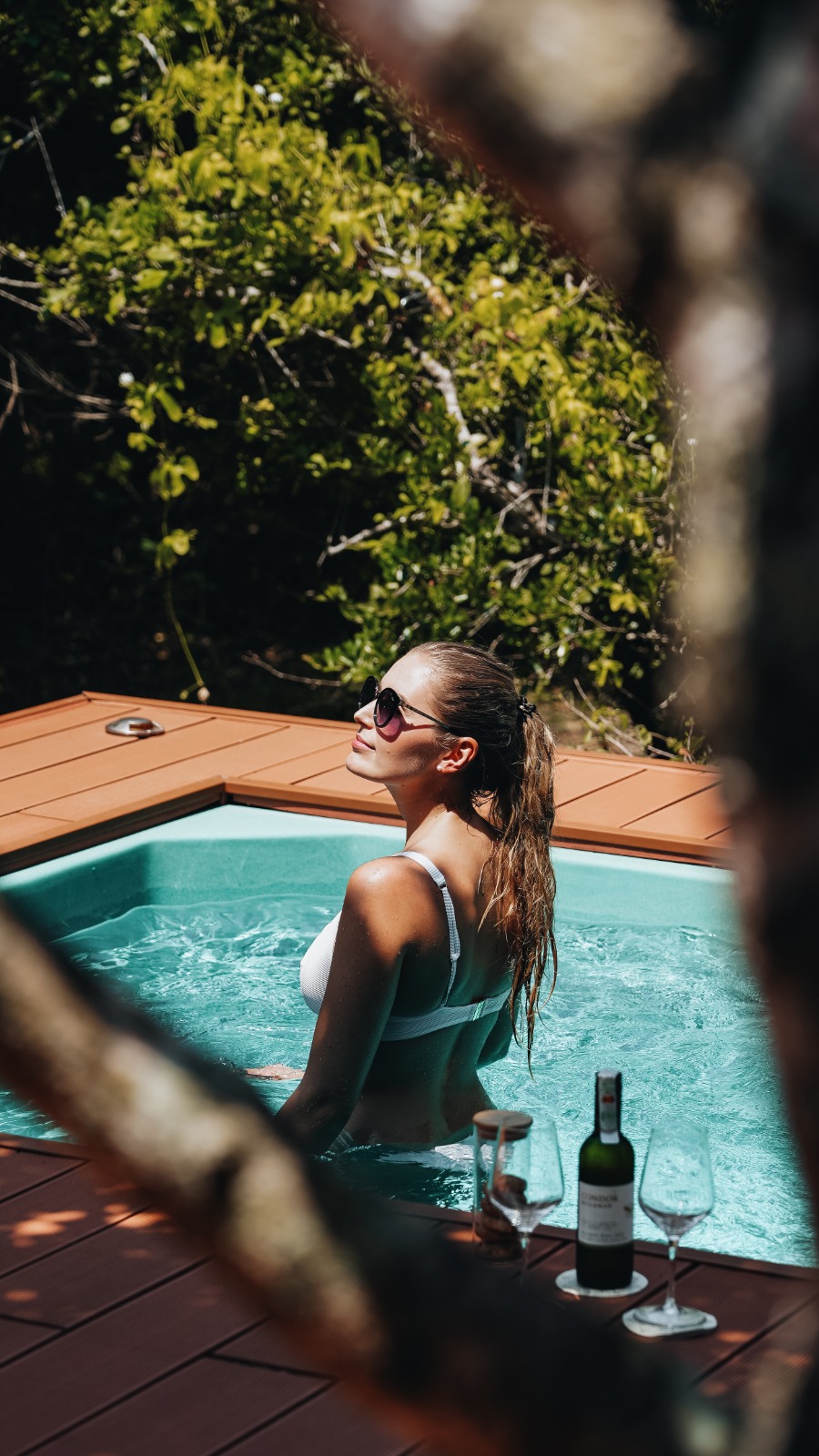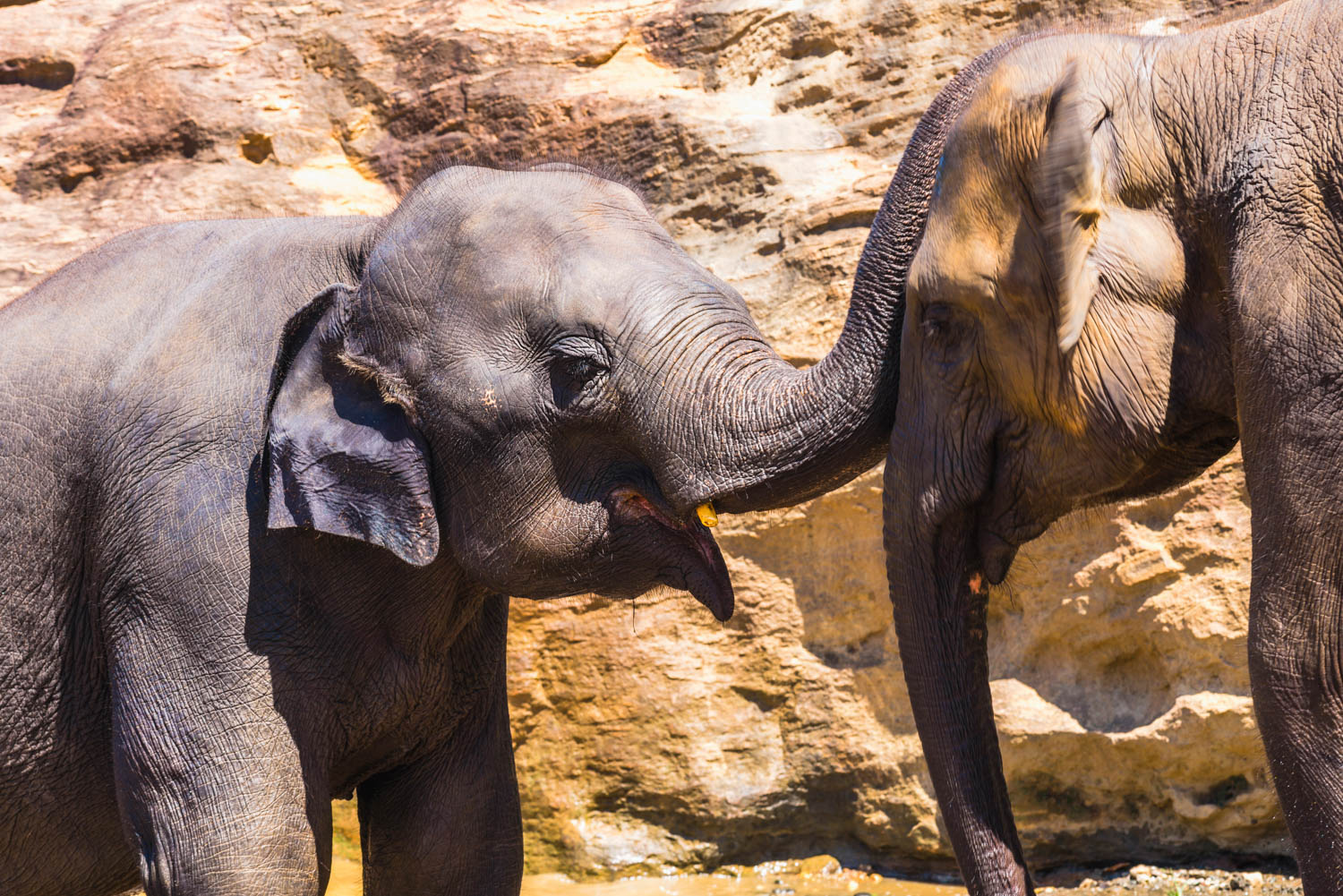Wilpattu National Park: Complete Safari Guide to Sri Lanka’s Oldest & Largest Wildlife Sanctuary


At a Glance
Highlights
Fun Facts
Tucked away in the northwestern region of Sri Lanka, Wilpattu National Park is the island’s oldest and largest wildlife sanctuary. Covering nearly 1,317 square kilometers, it is often called the “Land of Lakes” thanks to its remarkable system of natural water basins, or villus, that dot the forest landscape.
Unlike the more crowded Yala National Park, Wilpattu offers a more tranquil and untouched safari experience. With fewer jeeps on its dirt tracks, it feels more like an adventure into the wilderness than a tourist attraction. From elusive Sri Lankan leopards to sloth bears, from majestic Asian elephants to an astonishing variety of birdlife, this park is a haven for nature lovers and wildlife photographers.
Whether you’re a seasoned safari traveler or a first-time adventurer, Wilpattu provides a rare blend of wilderness, history, and cultural significance.
What to See in Wilpattu National Park
The charm of Wilpattu lies in both its wildlife and its landscapes. Here’s what awaits visitors:
- Leopards – Wilpattu has one of the highest leopard densities in Sri Lanka.
- Sloth Bears – Best spotted during fruiting season (June to July).
- Asian Elephants – Seen in smaller herds compared to Minneriya, but still a highlight.
- Birdlife – Over 200 species including painted storks, jungle fowl, eagles, and owls.
- Villus (Natural Lakes) – Scenic water bodies that attract animals, making them prime safari viewing points.
History and Legacy of Wilpattu National Park
Wilpattu’s history is as fascinating as its wildlife. Declared a sanctuary in 1905 and upgraded to a national park in 1938, it remains Sri Lanka’s oldest national park.
The name Wilpattu means “Land of Lakes,” derived from its numerous villus. Historically, the region was also a corridor for ancient trade routes and has ties to Anuradhapura, the first capital of Sri Lanka.
Over the years, conservation efforts have protected its biodiversity, making it a symbol of Sri Lanka’s commitment to wildlife preservation.
Photo by UGA Chena Huts

Photo by UGA Chena Huts
.jpeg)
The Natural Wonders of Wilpattu
The Villus (Natural Lakes)
Wilpattu is unique among national parks for its over 60 villus. These natural rainwater-fed basins fill during the monsoon and provide year-round water sources, attracting leopards, elephants, and migratory birds.
Flora of Wilpattu
The park features a mix of dry zone forests, scrublands, marshes, and wetlands, supporting a rich ecosystem.
Fauna of Wilpattu
- Mammals: Leopards, elephants, sloth bears, spotted deer, jackals, wild boars.
- Birds: Painted stork, openbill, crested serpent eagle, jungle fowl.
- Reptiles: Crocodiles, monitors, and snakes.
The Safari Experience at Wilpattu
Unlike the busy safari trails of Yala, Wilpattu’s charm lies in its wilderness silence and less crowded tracks. Every safari here feels like a private adventure.
Morning Safaris
Early morning drives, starting around 6:00 AM, are perfect for spotting leopards and sloth bears, as these predators are most active at dawn. Birdwatchers will also love the mornings, when flocks of migratory and resident birds gather around the villus.
Evening Safaris
The golden hours of sunset cast a magical glow over the landscape. Elephants are often seen by waterholes during late afternoon, and nocturnal animals begin to stir.
Full-Day Safaris
For serious wildlife enthusiasts, full-day safaris allow deeper exploration of the park’s remote areas. Packed meals are provided, and guests enjoy extended time at key villus, increasing chances of rare sightings.
Tips for Visitors
- Best Time to Visit: February to October (dry season) offers the best wildlife sightings.
- Clothing: Neutral colors like beige, green, or brown blend with the environment.
- Essentials: Camera, binoculars, sunscreen, insect repellent, hat.
- Park Rules: No feeding animals, no loud noises, no littering.
- Booking Safaris: Reserve jeeps and accommodation in advance, especially during peak travel months.
Where to Eat
While there aren’t many restaurants inside the park, you can enjoy:
- Picnic Lunches – Safaris often include picnic-style meals at designated spots.
- Nearby Local Restaurants – Villages near Wilpattu offer simple but authentic Sri Lankan food.
- Eco-Lodges and Safari Camps – Most accommodations around the park provide full-board meal packages with local and international cuisine.
Where to Stay
Visitors can choose from a range of accommodations:
- Inside the Park – Safari camps offer rustic yet comfortable tented stays.
- Nearby Eco-Lodges – Perfect for nature lovers, blending comfort with wilderness.
- Luxury Lodges – Upscale options with pools, spas, and guided safaris.
- Budget Guesthouses – Affordable stays in nearby towns like Nochchiyagama.
Getting Around, Safety and Tips
- By Jeep – The only way to explore Wilpattu. Walking is not allowed.
- Guided Tours – Hiring a naturalist or guide enhances the experience.
- Entry Times – Park is open daily from 6:00 AM to 6:00 PM.
- What to Pack – Sunscreen, hat, binoculars, camera, insect repellent.
- Safety Measures – Stay inside vehicles, follow park rules, avoid loud noises.
Photo by UGA Chena Huts

Photo by UGA Chena Huts
.jpeg)
Our
Featured
Trips.
Explore Our featured trips curated by fellow Sithiyam Travlers
Nearby Attractions
Your trip to Wilpattu can easily be combined with visits to nearby historical and natural wonders.
- Anuradhapura – A UNESCO World Heritage Site with ancient stupas and ruins.
- Kalpitiya – Famous for dolphin and whale watching.
- Tantirimale Temple – An ancient Buddhist site set amidst rocky landscapes.
Deep Dive into Nearby Attractions
- Anuradhapura: Once Sri Lanka’s first capital, it’s filled with sacred temples, monasteries, and centuries-old stupas like Ruwanwelisaya.
- Kalpitiya: A coastal gem where travelers can go kite-surfing or spot pods of dolphins during boat tours.
- Tantirimale Temple: Lesser-known but culturally significant, with rock-carved Buddha statues and a serene setting perfect for spiritual reflection.
Getting to Wilpattu National Park
Wilpattu is well-connected from several cities in Sri Lanka.
By Train
The nearest railway stations are Puttalam and Anuradhapura. From there, local buses or taxis can take you to the park entrance.
By Bus
Buses from Colombo, Anuradhapura, and Negombo regularly run to Nochchiyagama, the town closest to Wilpattu.
By Car/Taxi
- From Colombo: ~4.5 hours (180 km)
- From Anuradhapura: ~1.5 hours (50 km)
- From Negombo: ~3.5 hours (150 km)
By Domestic Flight
Cinnamon Air and other operators offer air taxis and seaplane services to nearby airstrips, cutting travel time significantly.
Getting Around the Park
Once inside Wilpattu, the only way to explore is by 4x4 jeep safaris. Walking safaris are not permitted due to safety reasons. Visitors can hire jeeps at the park entrance or book through eco-lodges that include guided tours.
For those seeking extra insights, hiring a naturalist guide adds depth to the safari, with explanations about animal behavior, tracks, and plant life.
Photo by UGA Chena Huts

Photo by UGA Chena Huts
.jpeg)
Frequently Asked Questions (FAQs)
Q1. What is Wilpattu National Park famous for?
Wilpattu is renowned for its natural villus (lakes) and being one of the best places in Sri Lanka to spot leopards and sloth bears.
Q2. Is Wilpattu better than Yala National Park?
Wilpattu offers fewer crowds and a more authentic wilderness experience, while Yala has higher leopard sighting rates but is busier.
Q3. What is the entrance fee for Wilpattu National Park?
As of recent updates, the entrance fee for foreign visitors is around USD 15–20 per adult (plus jeep hire). Prices may vary seasonally.
Q4. Can you stay inside Wilpattu National Park?
Yes, tented safari camps and eco-lodges provide immersive stays inside or close to the park.
Q5. How long should I spend at Wilpattu?
A minimum of two days is recommended to enjoy multiple safaris and increase your chances of wildlife sightings.
Q6. What is the best time of year to see leopards in Wilpattu?
Leopards are most active during the dry season (May–September) when animals gather near villus.
Got Questions? We Have Answers
Photo by UGA Chena Huts

Photo by UGA Chena Huts
.jpeg)
Wilpattu National Park is more than just a safari destination—it’s a living testament to Sri Lanka’s natural beauty and cultural heritage. As the largest and oldest national park on the island, it offers travelers a unique blend of wildlife encounters, serene landscapes, and historic connections.
Whether you’re watching a leopard slink past a villu, hearing the call of exotic birds, or enjoying the silence of the wilderness, Wilpattu promises an unforgettable adventure far from the crowds.
If you’re planning a Sri Lankan journey, don’t miss this remarkable park—it’s a place where nature reigns supreme.


.jpg)
.jpeg)


